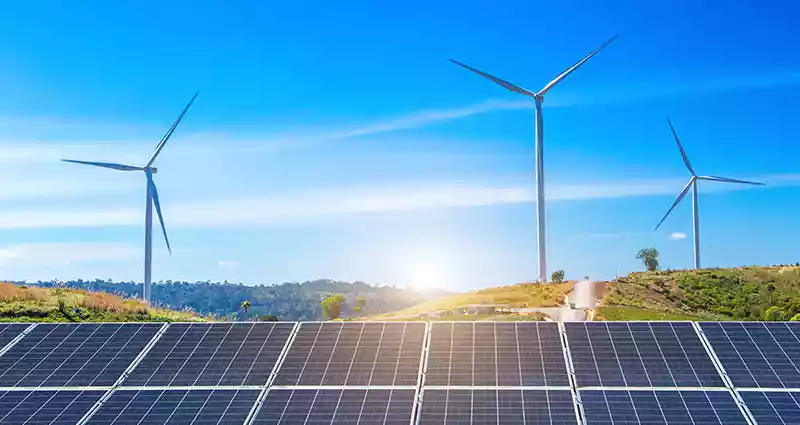
With the rising climate change crisis around the world, Zimbabwean households have been progressively shifting to renewable energy sources.
This crisis continues to pose a threat to humans and other forms of life on earth as the normal course of nature is disrupted and the warm temperatures continue to change weather patterns randomly.
In Manicaland, Fuel Flip Technologies among other companies has diverted to converting saw dust waste to energy by producing zero charcoal briquettes.
Charcoal has been widely used in countries such as Uganda, Ghana, Kenya. It is produced under four main processes that are biomass material crushing, saw dust drying, charcoal briquetting and carbonisation.
Zimbabwe National Statistics Agency 2022 report indicates that 34% of households in Zimbabwe use grid electricity (power generated from Zesa) while 28% uses off-grid electricity (solar, wind and charcoal briquettes).
Globally, a quarter of the energy comes from wind, solar and other renewable energies that emit a little or no amount of gases and pollutants into the air.
Currently, Zimbabwe depends largely on hydro and thermal energy to cater for the population that uses grid electricity.
Fossil fuels like coal, oil and gas are by far the biggest contributors to global climate change encompassing around 75% of global greenhouse and close to 90% of carbon dioxide emissions.
- I rejected Zanu PF scarf: Burna Boy
- NMB workers take on employer
- Mbavara eyes to resurrect Matavire’s music legacy
- I rejected Zanu PF scarf: Burna Boy
Keep Reading
The manufacturing industry has become one of the biggest contributors to the release of greenhouse gases since production and manufacturing operates on energy sourced by burning fossil fuels.
The government of Zimbabwe introduced the renewable energy policy which aims to achieve an installed renewable energy capacity of 1 100MW (excluding large hydro) or 16,5% of total electricity supply whichever is higher by 2025 and 2 100MW or 26,5% of total electricity supply whi8ever is higher by 2030.
Cutting down of trees adds on to the list by limiting the nature’s ability to remove emissions from the atmosphere since the trees release the carbon dioxide they have been storing after they are cut down.
Allied Timbers, among other companies are now resorting to reforestation by planting 10 more trees for every one tree cut.
Key statistics about forests have shown that Manicaland had 525kha of tree cover, extending over 15% of its land area. In 2021, it lost 5.64kha of tree cover, equivalent to 2.84Mt of carbon monoxide emissions
In provinces where there is low tree population which include Midlands and Mashonaland Central with an average 139,678 hectares, most people are adapting to solar energy although the major reason may not be diverting to renewable energy but trying to cover up for load shedding.
The world is now warming up faster than any other point recorded in time due to the greenhouse gases covering the earth and trapping the sun’s heat.
During the COP26 Climate talks held in Glasgow, UK, there were agreements made which are crucial to attaining global consensus on actions to reach net zero emissions.
The danger posed against the earth by climate crisis requires every individual and nation to work together in reducing the emission of greenhouse gases and adapting to the use of renewable energy and that which emits less gases.










